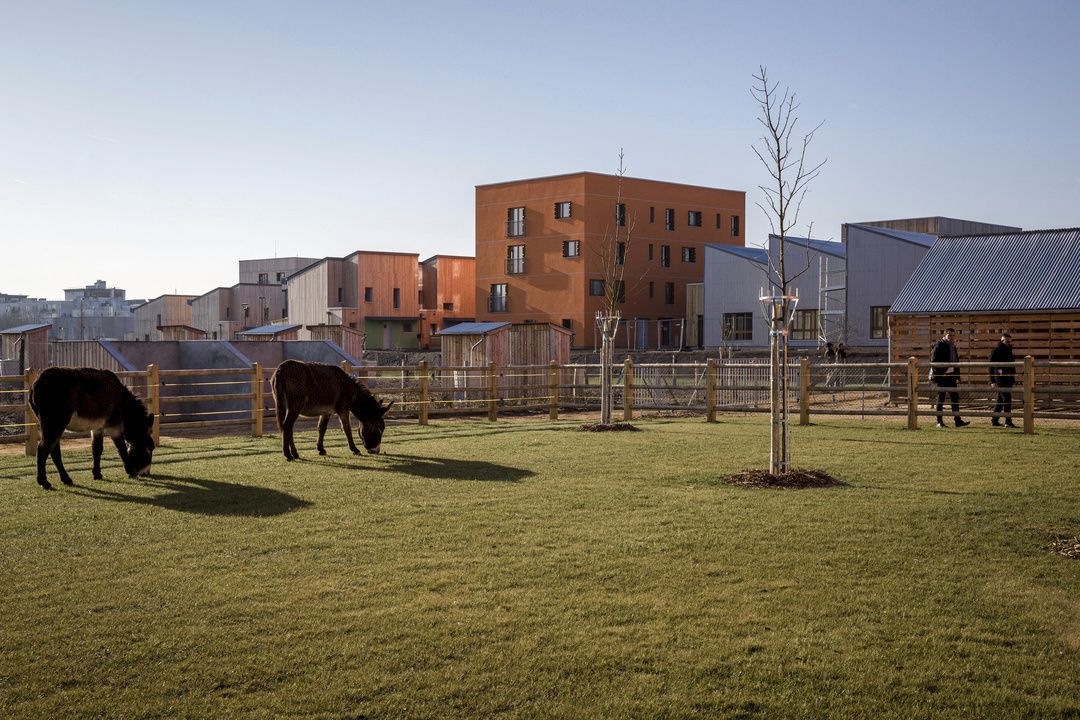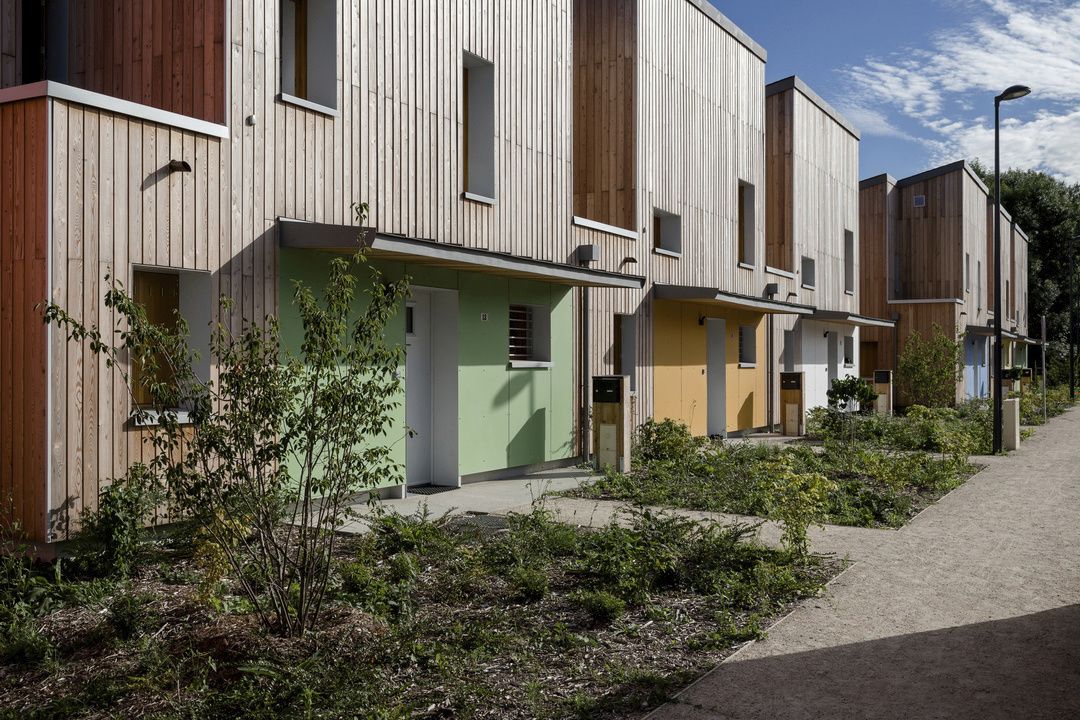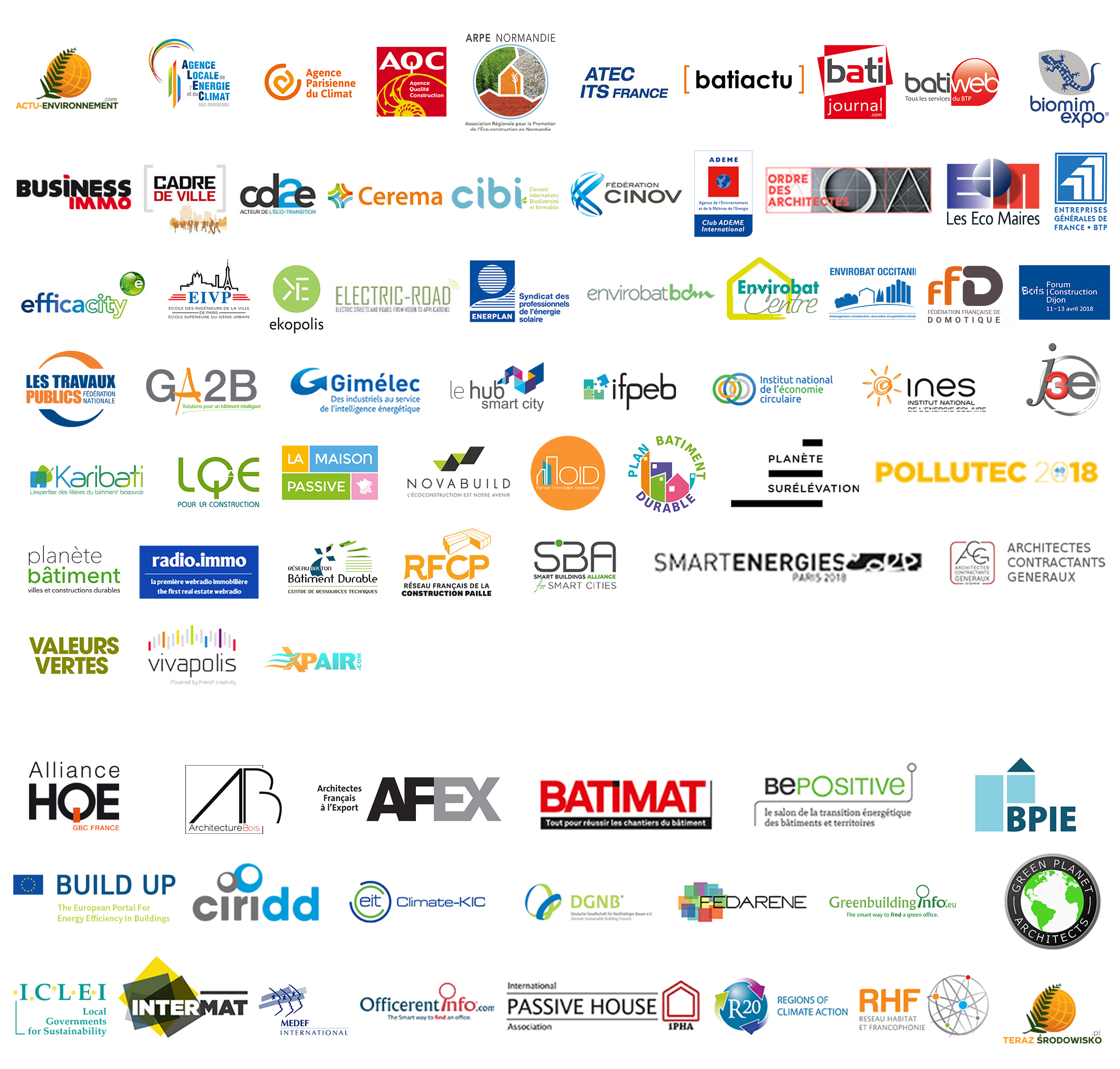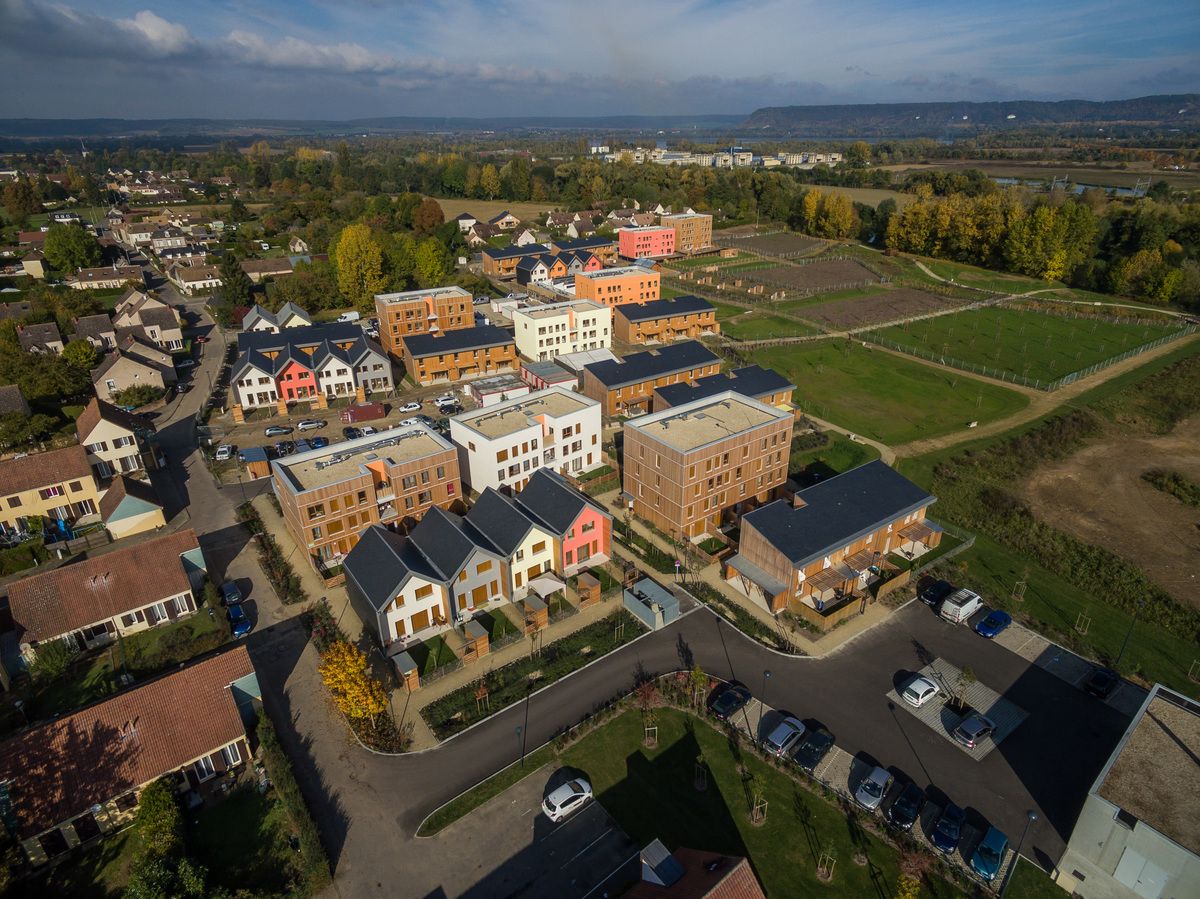"All aspects of life are invited, assembled on a flood site" within the Ecovillage des Noés winner of the Grand Prize Sustainable City France 2017, says Philippe Madec, architect of this project
Nadège Rigaudeau

In 2017, the Ecovillage des Noés won the Sustainable City Grand Prize in the Green Solutions Awards France. A great reward for this project located in Ville-de-Reuil, one of the most recent French towns. Philippe Madec, architect of the project, details the sustainable approach that accompanied the project and participated in the revitalization of this new city.
Tell us about your career and your commitment to construction and sustainable development
Trained in architecture at the Grand Palais in Paris (Ciriani / Maroti workshop), I opened my studio in Paris in 1989. My commitment to sustainable construction takes roots in many grounds: first a family heritage, then a personal commitment; and finally the meeting with Kenneth Frampton (British architect known for his criticism of postmodernism) in 1983/1984.
From the beginning of my professional practice, I developed an eco-responsible approach to the architectural and urban project. As an architect, I design all types of highly efficient, bioclimatic and eco-constructed building from social housing to cultural facilities. As an urbanist, I work on very different scales, from towns, eco-districts and eco-cities; to the ecological cities (Morocco) and to the development of very large territories.
Also as an architecture professor, I teach "the invention of the sustainable territory" at the ENSA of Brittany, and I am president of Team Solar Bretagne, an association created in 2014 whose goal is to federate institutions of higher education in Brittany, around sustainable housing projects.
Distinctions
- Knight of the Legion of Honor under the title of ecology
- Winner of the Global Awards 2012
- Full member of the Europe chapter of the Club of Rome
- UN expert for the HABITAT III summit
In which territory does the project fit?
In 1981, in a meander of the Seine, not far from the confluence of the Eure is created the youngest French commune: Val-de-Reuil. Its designer is the Montrouge workshop: Pierre Riboulet, Jean-Louis Véret, Jean Renaudie and Gérard Thurnauer (French architect deceased in 2004, member of the red workshop and directors of the major program of La Villette Nord in Paris). The latter remained attached to his city and it was not uncommon, in the early 2000s, to see him walking there, lonely and meditating.
The design of the "Town Sprout" on slab evokes Louvain-la-Neuve which is then realized in Belgium; yet the oriented and orthogonal geometry of the general plan echoes the neighboring hamlet of Lery. The initial objective of "100,000 inhabitants in 2000" does not hold up to the end the Trente Glorieuses (years between 1950 and 1980) and the city fell into depression until the early 2000s. The arrival of a new municipality led by Mayor Marc-Antoine Jamet and the installation of promising activities such as the pharmaceutical industry revive the city project; supported by an ambitious urban renewal led by the ANRU (National Agency for Urban Renewal).
What are the main characteristics of the Ecovillage des Noés?
Carried by the social landlord Siloge of Evreux, the municipality and committed partners, the project of the Eco-village des Noés comes under a consultation "Design Realization Operation Maintenance": the whole is done by the same team composed of the owner, the contractor and the builder.
This project was born from the will to provide inhabitants with a new way of life more respectful of the planet and more in agreement with their aspirations. The eco-village is a particular form of eco-district; the idea is to rely on the ancestral experience of village social life, rather than on its urban form, as well as on its economic basis: agriculture. The Eure is indeed a department with an agricultural vocation.

The concept of eco-village has been developed with the desire to make the district a place carried by its inhabitants. The project aims to promote the bond between the population and the semi-natural bank: greenway, views, market gardening, allotment gardens and orchards, reconstruction of flood zones. The extensive integration between the economic activities present on the site of the Eco-village: nursery, kitchen gardens, market gardening ... through shared experiences, allows a better appropriation of solidarity and responsible uses. Through everyday experience, the inhabitants of the Eco-village will be able to measure the values of solidarity living for themselves.
What were the guidelines of your approach?
For Thurnauer, a "reason to make Val-de-Reuil an uncommon subject of observation would be to restore its original status as a pilot city in terms of environmental quality, energy savings, parsimonious soil management, innovation in construction processes and the fight against nuisances, not to mention the hydraulic "(Le Moniteur March 26, 2004).
The project replays the fertile relationship of Val-de-Reuil with the Eure that gave birth to it. All aspects of life are invited, assembled on a flood site: a horticultural production, social practices, attentive reception of fauna and flora and ecoresponsible architectures powerful and bright.
What solutions did you implement to reach your goals?
The dialogue was the guiding thread of the project. All actors contributed to the success of this project: horticulture and organic kitchen gardens are supported by a social reintegration cooperative; the donkey paddock and their shelter by the landlord; in cooperation with the WWF (World Wide Foundation) under the One Planet Living program (using the ecological footprint as a tool for measuring sustainability)
The environmental goals are very ambitious and are met on all levels. Echoing the heliotropic (sun-facing) and bioclimatic positioning of the hamlet of Léry, the urban fabric of this pedestrian district protects itself from the strong winds of the Seine Valley, draws the sun and its light in for everyone. Like the nursery, housing meets the objectives of environmental quality; from the energy point of view they are passive for heating and meet the BBC (Low Consumption Building) standard on all usages. However, they are open to their environment, folding wood shutters protect wood joinery, external insulation protected by wood cladding, zinc, slate and plaster, all bathrooms have windows, etc. .

These housing rentals, accession and social reintegration also host a nursery, a municipal kitchen and an open market hall on a marketplace. The entire Ecovillage des Noés program achieves a zero passive energy performance level, with an urban wood boiler.
In terms of biodiversity, vegetation and water are inhabitants in their own right. A diversion arm has been created to manage the floods and is destined to become a pike spawning area: all that's left for the pike to do is invest!
What benefits did you get from participating in the Green Solutions Awards?
Our participation in the Green Solutions Awards made the project known both nationally and internationally. I also discovered other approaches by observing the other candidates. In the end, the Green Solutions Awards contribute to understanding the state of the art nationally and internationally.
Concours organized in partnership with

You can compete for the Green Solutions Awards until June 17!
See the case study associated with article




